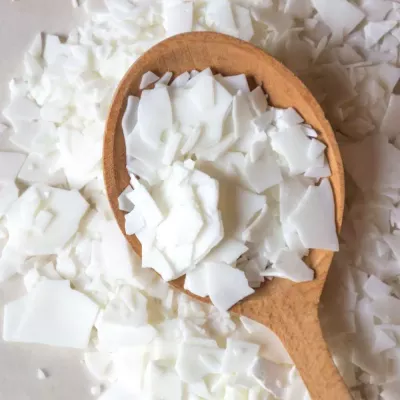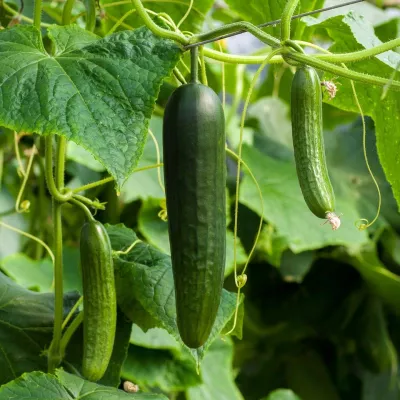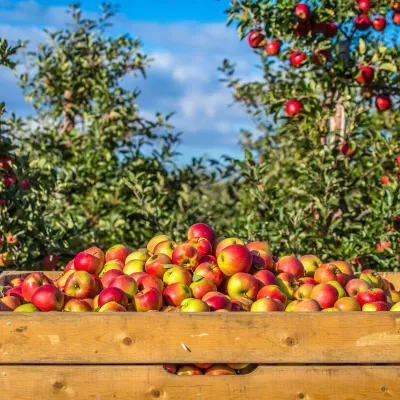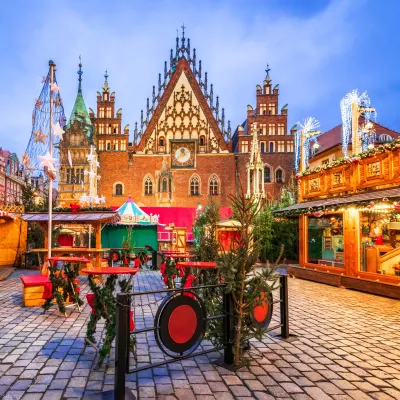

Candles - the new trend of today. If 20 years ago they were mainly used as a way to illuminate the dark times, today there is a whole candle culture in which candles are more about comfort, aesthetics, style, and self-expression. It depends on what appeals to you.
That's why the list of materials for making candles is constantly growing and improving.

Paraffin is a waxy product of oil refining. The most health-friendly paraffin is considered to be grade P2 (food-grade). â˜ï¸ To improve the quality, it is recommended to mix paraffin with stearin. It is mostly sold in the form of solid semi-transparent white plates.
| Pros | Cons |
| âœ…ï¸ most affordable among all waxes; | âŒï¸ gives strong shrinkage, needs to be poured in 2-3 stages; |
| âœ…ï¸ odorless; | âŒï¸ releases harmful substances for humans when burned; |
| âœ…ï¸ beautifully and brightly colours with paints; | âŒï¸ smokes; |
| âœ…ï¸ strong, therefore easy to transport; | âŒï¸ not as aromatic as vegetable waxes; |
2. Beeswax.

Beeswax - natural wax created by bees for their own needs and borrowed by humans, including for candles ðŸ˜
â˜ï¸Has a pleasant natural honey aroma. Sold in the form of yellow plates or formed blocks. It is also sold in the form of wax and in the form of pastilles if we are talking about bleached beeswax.
| Pros | Cons |
| âœ…ï¸ Burns slowly and cleanly; | âŒï¸ Limited color palette due to its natural yellow color; |
| âœ…ï¸ Does not emit toxic substances when burned; | âŒï¸ The strong honey aroma limits the variety of available fragrances; |
| âœ…ï¸ Has antibacterial properties; | âŒï¸ Relatively high cost; |
| âœ…ï¸ Ideal for molded candles; | âŒï¸ May cause allergic reactions in individuals allergic to honey; |
| âœ…ï¸ Environmentally friendly; | |
| âœ…ï¸ Easy to use; |

| Pros | Cons |
| âœ…ï¸ eco-friendly and safe; | âŒï¸ high price; |
| âœ…ï¸ has a subtle mild fragrance; | âŒï¸ not always high quality due to many producers; |
| âœ…ï¸ has a creamy color, so it can be dyed with dyes into pleasant pastel shades ; | âŒï¸ does not dye in bright colors; |
| âœ…ï¸ non-toxic and allergy-free; | âŒï¸ can soften in low summer temperatures due to its low melting point; |
| âœ…ï¸ has a long burning time (~ twice that of paraffin wax ); | âŒï¸ can be finicky to work with (highly dependent on the manufacturer); |
| âœ…ï¸ has excellent aromatic performance when using fragrances; | |
| âœ…ï¸ can be used for massage candles; |




In our store, you can purchase premium soy wax Kerasoy from Kerax. It is easy to work with and is perfect even for beginners! Click here to view!
4. Coconut Wax.

| Pros | Cons |
| âœ…ï¸ has a whiter color than soy wax; | âŒï¸ not suitable for warm rooms, southern regions, and warm weather due to its low melting point (even melts from body heat); |
| âœ…ï¸ easier to achieve a smooth surface and good adhesion after the candle has solidified; | âŒï¸ requires special handling during transportation due to its tendency to melt; |
| âœ…ï¸ has a very low melting point, so it burns slightly longer than soy wax; | âŒï¸ not very convenient texture in its raw form, in the form of oily pieces; |
| âœ…ï¸ excellent aromatic performance; | âŒï¸ pure coconut wax is suitable only for container candles; |
| âœ…ï¸ moderate price; | |
| âœ…ï¸ no soot; | |
| âœ…ï¸ colours well with dyes; | |
| âœ…ï¸ great for massage candles; | |
| âœ…ï¸ can be added to cosmetics; |



5. Palm Wax.

| Pros | Cons |
| âœ…ï¸ genuine palm wax is natural and environmentally friendly; | âŒï¸ Often made synthetically; |
| âœ…ï¸ hard and not oily; | âŒï¸ Often has a specific aroma; |
| âœ…ï¸ suitable for molded, container, and votive candles; | âŒï¸ Very brittle, requires special packaging and handling; |
| âœ…ï¸ leaves a beautiful frost effect on the surface after solidifying (only with metal and glass molds); | âŒï¸ Structure breaks down when adding essential oils; |
| âœ…ï¸ easily colored with oil-soluble dyes; | âŒï¸ Frost effect does not appear in silicone and plastic molds; |
| âœ…ï¸ accepts fragrances for candles; | âŒï¸ Dangerously high melting temperature (above 100°C); |
| âœ…ï¸ low price; |

| Pros | Cons |
| âœ…ï¸ Odorless; | âŒï¸ Requires special gel dyes; |
| âœ…ï¸ Transparent - offers great design possibilities; | âŒï¸ Melts slowly and requires a high melting temperature (90-95°C); |
| âœ…ï¸ Good scent transmission; | âŒï¸ Highly flammable; |
| âœ…ï¸ Safe when burning; | âŒï¸ Relatively high cost; |
| âœ…ï¸ Very long burning time (~ 4 times longer than paraffin); | âŒï¸ Becomes cloudy even from a drop of water; |
| âœ…ï¸ Bright, clean flame; |




So, today we've discussed the types of candle waxes, what they look like, and what they're made of. We've also gone through the main pros and cons of candle waxes and seen what kind of candles can be made from different types of wax.
In the next articles, we will introduce you to each type of wax in more detail!
If you found this helpful, don't forget to save the article, rate it, and share it with those who might find it interesting! Thank you!
5. Palm Wax.

| Pros | Cons |
| âœ…ï¸ genuine palm wax is natural and environmentally friendly; | âŒï¸ Often made synthetically; |
| âœ…ï¸ hard and not oily; | âŒï¸ Often has a specific aroma; |
| âœ…ï¸ suitable for molded, container, and votive candles; | âŒï¸ Very brittle, requires special packaging and handling; |
| âœ…ï¸ leaves a beautiful frost effect on the surface after solidifying (only with metal and glass molds); | âŒï¸ Structure breaks down when adding essential oils; |
| âœ…ï¸ easily colored with oil-soluble dyes; | âŒï¸ Frost effect does not appear in silicone and plastic molds; |
| âœ…ï¸ accepts fragrances for candles; | âŒï¸ Dangerously high melting temperature (above 100°C); |
| âœ…ï¸ low price; |

| Pros | Cons |
| âœ…ï¸ Odorless; | âŒï¸ Requires special gel dyes; |
| âœ…ï¸ Transparent - offers great design possibilities; | âŒï¸ Melts slowly and requires a high melting temperature (90-95°C); |
| âœ…ï¸ Good scent transmission; | âŒï¸ Highly flammable; |
| âœ…ï¸ Safe when burning; | âŒï¸ Relatively high cost; |
| âœ…ï¸ Very long burning time (~ 4 times longer than paraffin); | âŒï¸ Becomes cloudy even from a drop of water; |
| âœ…ï¸ Bright, clean flame; |




So, today we've discussed the types of candle waxes, what they look like, and what they're made of. We've also gone through the main pros and cons of candle waxes and seen what kind of candles can be made from different types of wax.
In the next articles, we will introduce you to each type of wax in more detail!
If you found this helpful, don't forget to save the article, rate it, and share it with those who might find it interesting! Thank you!














 Українська
Українська
 Русский
Русский
 Deutsch
Deutsch
 Polski
Polski
 Magyar
Magyar
 Ελληνικά
Ελληνικά
 Dansk
Dansk
 Español
Español
 Italiano
Italiano
 中文(简体)
中文(简体)
 한국어
한국어
 Latviešu
Latviešu
 Lietuvių
Lietuvių
 Nederlands
Nederlands
 Norsk (Bokmål)
Norsk (Bokmål)
 Bahasa Indonesia
Bahasa Indonesia
 Български
Български
 Português
Português
 Română
Română
 Slovenčina
Slovenčina
 Slovenščina
Slovenščina
 Türkçe
Türkçe
 Suomi
Suomi
 Français
Français
 Čeština
Čeština
 Svenska
Svenska
 Eesti
Eesti
 日本語
日本語














































